Does Your Cat Blink Frequently?
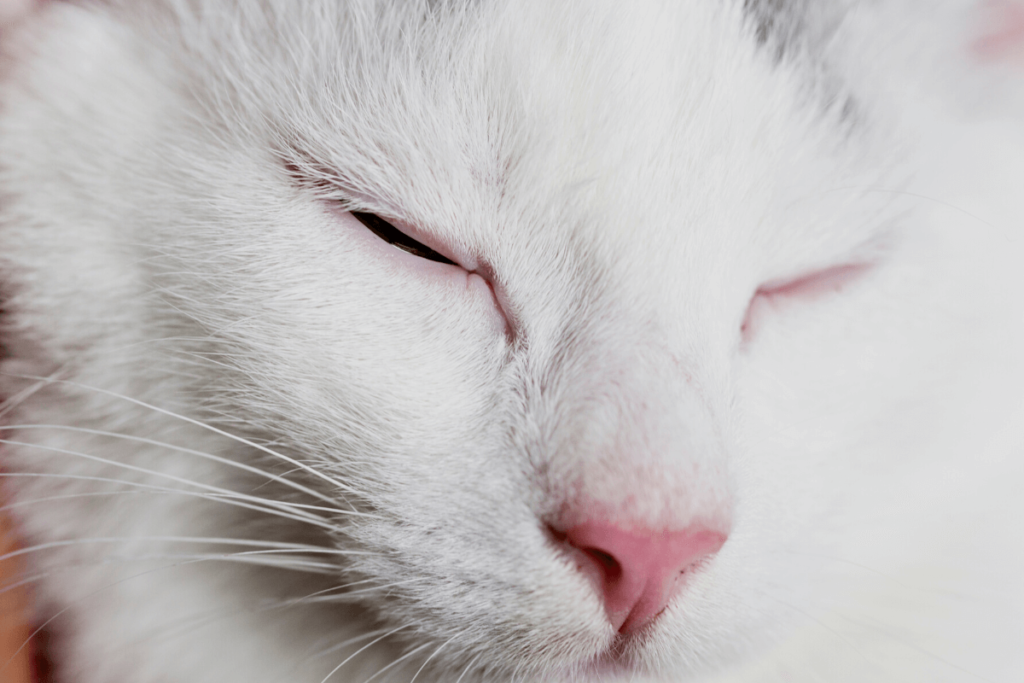
Cats blink at you all time and it could mean several things. Cats mainly meow to communicate with their humans, but sometimes they also use their eyes. Sometimes cats give you a kitty kiss – which is a slow eye blink. This is usually towards humans and other animals or cats they trust. But […]
Atopic Dermatitis in Dogs
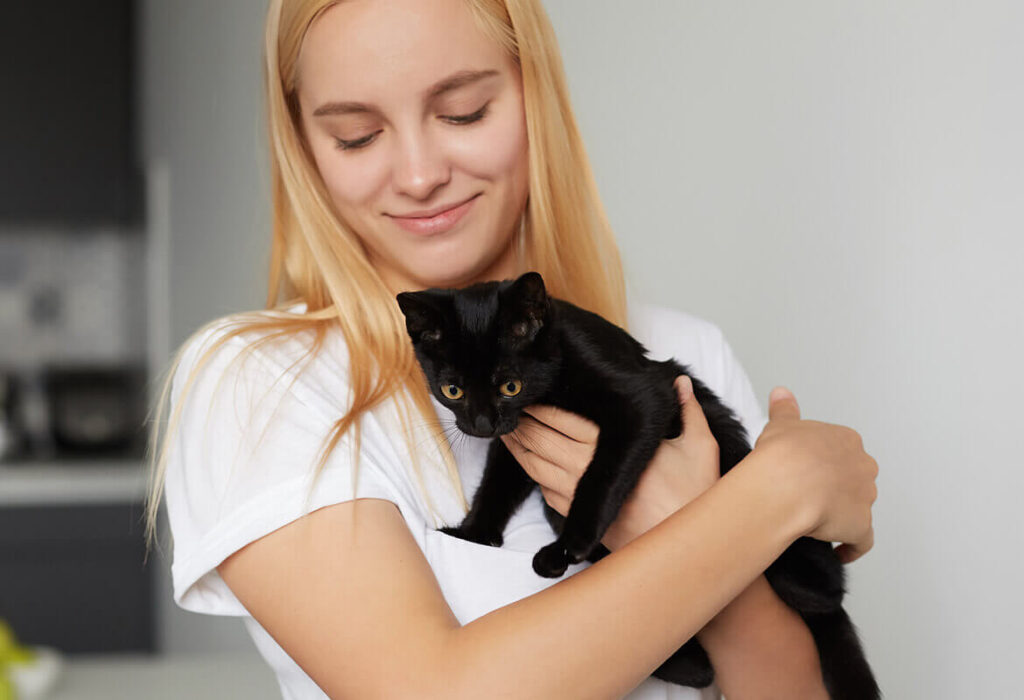
My Dog Has Been Diagnosed with Atopic Dermatitis. What’s Next? Atopic dermatitis is similar to asthma in people, but as an allergic skin condition, it causes your pet to itch. It’s caused by a dog’s natural sensitivity to common environmental substances like pollen, mold spores, and dust mites. There are many treatment options to consider, […]
Basic Puppy Training Timeline
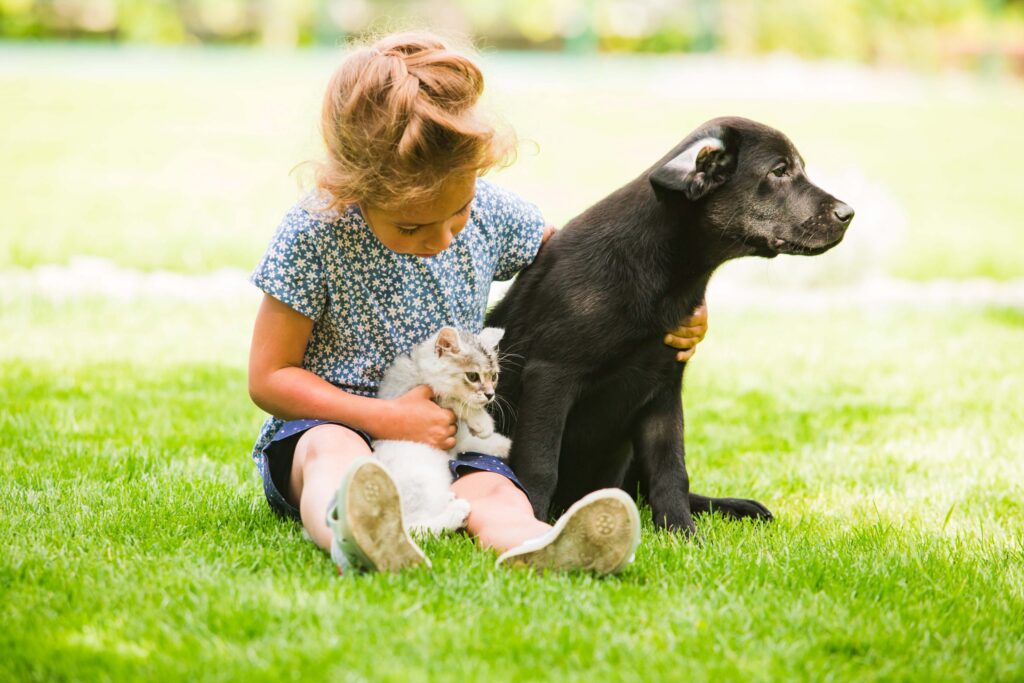
7-8 weeks old Basic Cues (Sit, Stay, Come) You can start with basic cues as early as 7 weeks old: Say a cue such as “sit” once. Use a treat to position your dog into a sitting position. Once sitting, give your puppy the treat and some praise. Leash Training You can start leash training […]
Why cats make amazing companions?
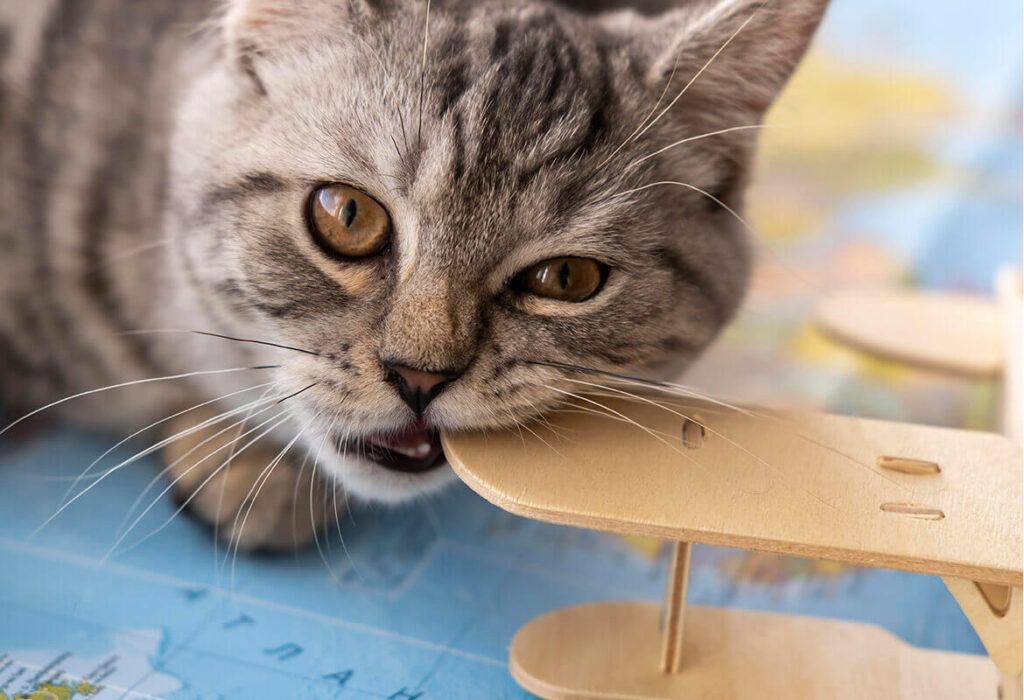
Cats are quiet If noise levels are a concern in your living situation, cats are a great choice of pet. Even the quietest bark will likely be much louder than the most insistent meowing. Depending on the cat, you may need to worry about other sounds such as them knocking things off of surfaces […]
How to improve your senior pet’s quality of life?
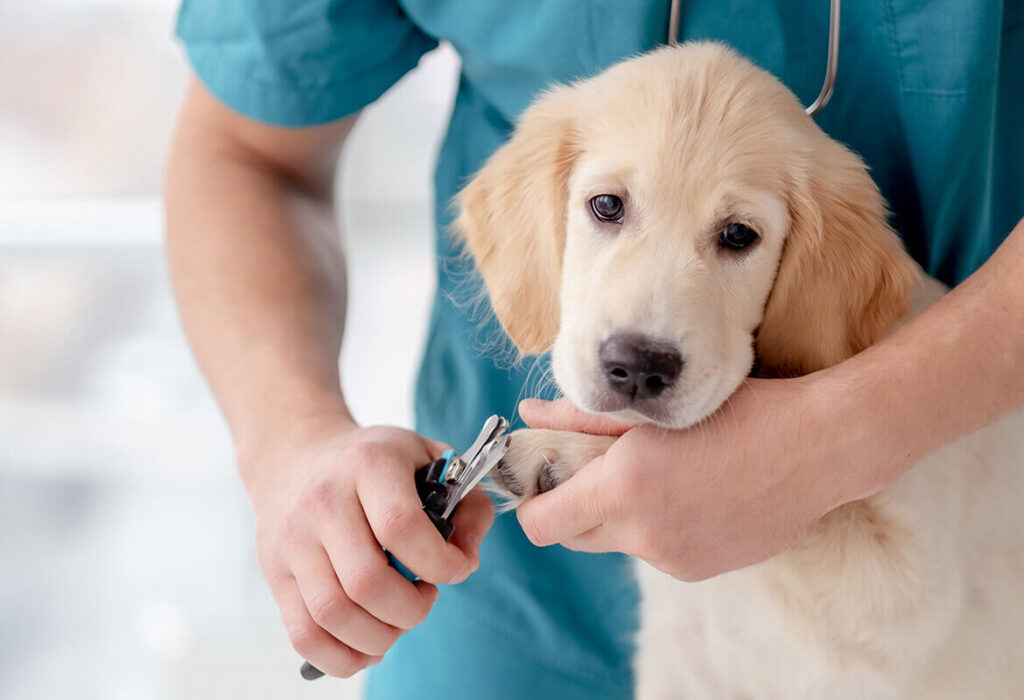
Our pets are truly members of the family, offering us love and companionship. It’s not always easy to see our beloved pets enter their senior years, but understanding their needs can help keep them happy and healthy. Here are a few points to consider. Take particular care on health and wellness It is important […]
